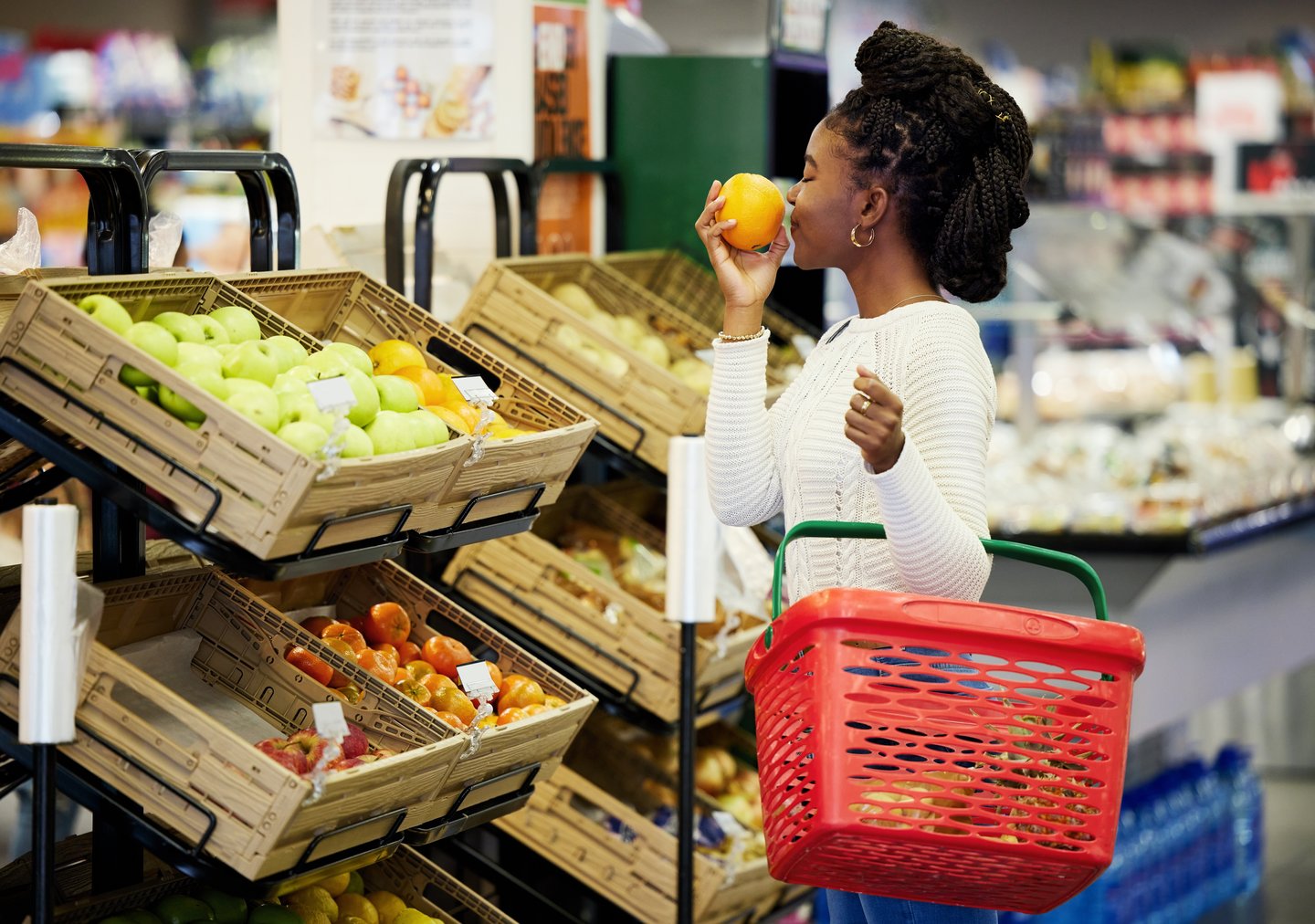Spontaneous, practical or passionate, emotions guide consumers' grocery purchases
What’s driving the everyday decisions people make about food?
That’s what Leger sought to uncover with its latest consumer research dive, The Crave Study: Choices, Reasons, Attitudes and Values of Eaters. The survey of 2,640 Canadians and Americans aimed to go beyond transactional insights and into consumers’ relationship with food.
“It’s really about how [people] think about food—not just what they buy, but how they plan and how they feel,” said Lana Porter, Leger’s senior vice-president of consumer insights, Western Canada division, on a recent webinar presenting the Canadian findings. “Those feelings influence the choices that they make every week, whether it’s going to the grocery store or a restaurant.”
Off the top, consumers were asked to choose three statements from 10 that best describe what food in general means to them. The top three statements among Canadians are: something you need to live (47%); good times spent with friends and friends (40%); and pleasure, passion and happiness (33%).
Porter noted that one of the statements was “food is a source of anxiety,” but only 7% of respondents selected it as a top three. “For the majority of Canadians, the relationship with food is much more positive than negative, and far more complex than simply being something you need to live,” she said.
The four food mindsets
While cost-savings is all the buzz right now, The Crave Study is a good reminder that there’s more to consumers’ buying decisions than price. “Today, food choices reflect far more than taste or budget,” said Porter. “They’re shaped by emotions, values, culture, identity—even aspirational goals.”
In looking at the deeper motivations that define consumer behaviour, four foundational segments emerged from the research.
The practical (25%): A quarter of Canadians approach food with efficiency and logic—food is fuel, not an experience. “The defining characteristic of ‘the practical’ is that none of them say food brings them any pleasure or happiness,” said Porter. “They’re anchored in efficiency. For them, food is a task—something to simplify, solve and move on from.”
Think of the person who eats the same lunch nearly every day of the week. “Each food choice is about saving time, simplifying their routine and avoiding the extraneous,” Porter said. “Meals are treated like fuel stops, with decisions made to save time and streamline routines. They prefer quick, simple solutions and are less inclined to try new recipes or dine out.”
To reach this group, Porter advised CPG brands to offer no-fuss meals, and focus their messaging on ease, speed and functionality. “Thinking about product design, it’s all about time-saving formats, so meal kits, ready-to-eat and bulk options,” said Porter.
READ: Salad kits are becoming a powerhouse in the produce department
The passionate (16%): On the other end of the spectrum, there’s the passionate segment—and fully 100% of them said food is a source of pleasure, passion and happiness. “This segment truly embodies the pleasurable side of eating. They celebrate food as a source of joy, discovery and experience,” said Luc Dumont, senior vice-president, consumer insights of Leger’s Central Canada division. “They love exploration and quality… Eating is not just nourishment or a chore. It’s a lifestyle.”
As “true epicureans,” Dumont said this group is more likely to eat at restaurants and visit markets and specialty shops, looking for unique experiences and products. “They want the small pleasures of everyday life that transform each bite and each meal into memorable experiences,” he said.
CPG brands and grocers can resonate with this segment by focusing on the celebration of food, flavours, origin stories and craftsmanship, Dumont advised. For example, messaging can focus on savouring something special or elevating the everyday. On the packaging front, he suggested calling out premium or unique ingredients, as well as developing limited-edition flavours and artisan-looking designs. In addition, a media strategy might include working with culinary influencers and recipe content creators who can communicate what’s new and exciting.
The spontaneous (33%): Representing the largest segment, spontaneous consumers are guided by impulse, mood and cravings. That means more trips to the grocery store: 69% enjoy going multiple times a week to buy food. They’re flexible, easily influenced and more likely to make on-the-spot decisions. “These decisions are often influenced by what’s going on around them, a suggestion they hear, an ad, a sudden craving, a new food, or product release,” said Porter. “But there’s not a lot of planning here. They go with the flow and with their feelings in the moment.”
Spontaneous consumers are also impulsive purchasers. “This is the type of person who, while walking down the grocery aisle, is actively deciding on what to make for that special dinner later in the week but returns later in the week because the inspiration has changed,” said Porter.
To resonate with this group, Porter suggested messaging along the lines of “try it now,” “new and irresistible,” and “snack your mood.” On the product front, bold flavours, impulse-size formats and eye-catching packaging—along with prominent placements in grocery stores—would get their attention. “Things like end caps, grab-and-go zones and promotional offers that really speak to their impulsive side would be very effective,” said Porter.
READ: To remain competitive, grocers need crosschannel marketing
The organized (26%): These are the planners and list makers: 84% of this group say their food shopping is totally planned, from weekly menus and grocery lists to freezer inventories. “They’re structured, they’re rational and they’re very routine-driven,” said Dumont. “They have a clear objective, and that’s to maximize control, avoid waste and stay within budget.”
It’s no surprise, then, that the organized segment is less drawn to the restaurant experience, ready-to-eat meals, takeout or delivery. “They love to cook at home because they can plan every ingredient, they can account for every ingredient, and that gives them comfort,” said Dumont. “This is the person that spends all Sunday planning meals for the week, then does the grocery shopping, comes home and prepares the meals for the week ahead.”
The best way to connect with this group? “You want your messaging to have vibes that are around planning with confidence, stocking up smartly and meal prep made easy,” said Dumont. On the product front, “think family packs, meal-prep-friendly items, and freezable or long shelf-life goods.” From a digital engagement perspective, he added, “look at integrating or partnering with meal-planning tools or shopping list apps and, of course, loyalty programs. This group is likely to be looking at what the offers are and building that into their plan.”



